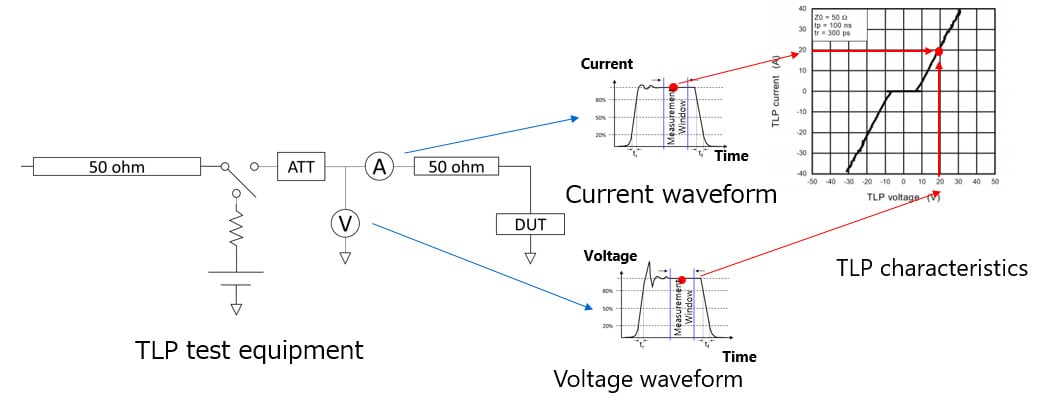- 半導體首頁
-
應用Automotive
Body Electronics
xEV
In-Vehicle Infotainment
Advanced Driver-Assistance Systems (ADAS)
Chassis
IndustrialInfrastructure
BEMS/HEMS
Factory Automation
Commercial Equipment
Consumer/PersonalIoT Equipment
Healthcare
Wearable Device
Mobile
Computer Peripherals
-
產品車用元件
Discrete Semiconductor
Diodes
電晶體
通用邏輯IC
Analog Devices
Digital Devices
Wireless Devices
※
: Products list (parametric search)
功率半導體※
: Products list (parametric search)
隔離器/固態繼電器Photocouplers
Digital Isolators
※
: Products list (parametric search)
MOSFETsIGBTs/IEGTs雙極性電晶體※
: Products list (parametric search)
Diodes※
: Products list (parametric search)
微控制器馬達驅動 ICs智能功率 ICs※
: Products list (parametric search)
電源管理 ICs線性 ICs※
: Products list (parametric search)
通用邏輯 ICs線性影像感測器其他產品其他產品
※
: Products list (parametric search)
-
開發/設計支援
開發 / 設計支援
-
技術知識
- 購買管道
- 型號 & 關鍵字搜尋
- 交叉搜尋
- 參數搜尋
- 線上庫存查詢跟購買
This webpage doesn't work with Internet Explorer. Please use the latest version of Google Chrome, Microsoft Edge, Mozilla Firefox or Safari.
型號需要超過三個文字以上 Search for multiple part numbers fromhere.
The information presented in this cross reference is based on TOSHIBA's selection criteria and should be treated as a suggestion only. Please carefully review the latest versions of all relevant information on the TOSHIBA products, including without limitation data sheets and validate all operating parameters of the TOSHIBA products to ensure that the suggested TOSHIBA products are truly compatible with your design and application.Please note that this cross reference is based on TOSHIBA's estimate of compatibility with other manufacturers' products, based on other manufacturers' published data, at the time the data was collected.TOSHIBA is not responsible for any incorrect or incomplete information. Information is subject to change at any time without notice.
型號需要超過三個文字以上
What is a TLP test?

Transmission line pulse (TLP) is a way to test device behavior in the current and time domain of ESD events.
Conventional models for the ESD immunity tests of a device include a human body model (HBM), machine model (MM), and charge device model (CDM) whereas a system-level ESD immunity test is specified by IEC 61000-4-2 and other standards. Different test techniques may provide different results because of differences in the prescribed signal rise time.
A TLP test generates a rectangular wave by charging a floating cable to a predetermined voltage and discharging it into a device under test (DUT). The pulse width and the rise time can be changed easily by changing the cable length and the filter characteristics.
The TLP test uses short pulses with a width on the order of nanoseconds, making it possible to obtain I-V characteristics in the high-voltage, high-current region (i.e., ESD voltage/current region) without causing thermal destruction.
The TLP test serves as an aid for ESD design because it makes it possible not only to compare the ESD protection performance of different TVS diodes, but also to compare the ESD tolerance of a TVS diode with the I-V curve of an IC to be protected.

